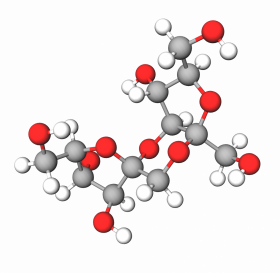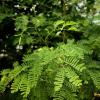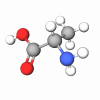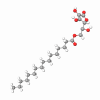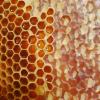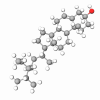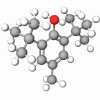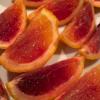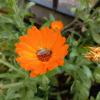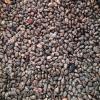Caramel is a product of controlled heating of sugar (sucrose), a food-grade ingredient and a brown pigment that is used in decorative cosmetics and skin and hair care applications. The raw material - sucrose is a disaccharide with glucose and fructose units. During controlled heating or caramelization, some sucrose breaks apart into monosaccharides (glucose and fructose) and loses water, which proceeds to isomerization and polymerization, forming various compounds, di- and trisaccharides, and anhydrides.
Caramel is mainly used as a water-soluble pigment (colorant) in decorative cosmetics and skin care products, but it has several beneficial actions identical to mono- and poly-saccharides. Saccharide molecules contain a lot of hydroxy groups attracting water molecules and penetrating the epidermis; they provide optimal hydration and reduce transdermal moisture loss.
In addition, caramel is a perfect source of glucose and other compounds used by skin cells for energy (ATP) generation and hyaluronic acid production. It energizes cells, boosting their functions, metabolism, and renewal. Difructose anhydride is a perfect probiotic for beneficial bacteria, balancing microbiota and exposing healthy appearance. Almost all saccharides exhibit antioxidant effects, protecting skin cell membranes and DNA from free radicals and oxidative stress.
Caramel is a "candy" for skin with tanning, energizing, protecting, and moisturizing action; an ingredient from natural raw material for a beautiful, glowing, and healthy complexion.